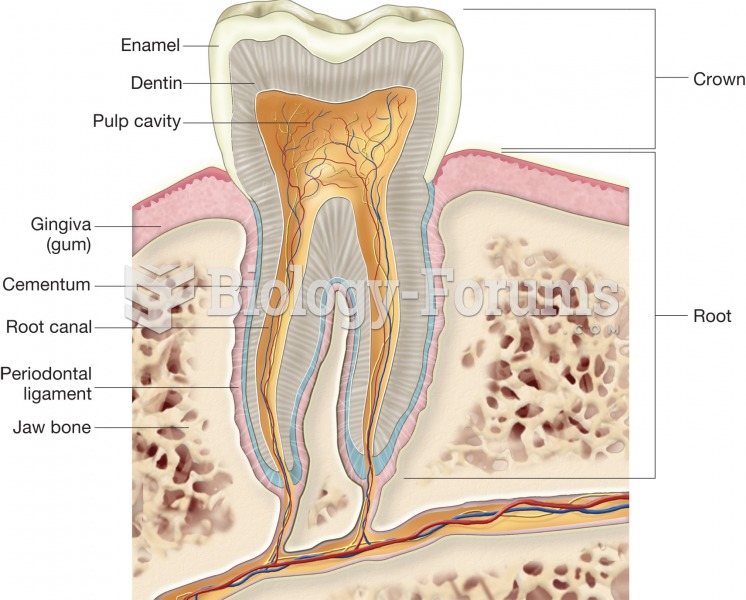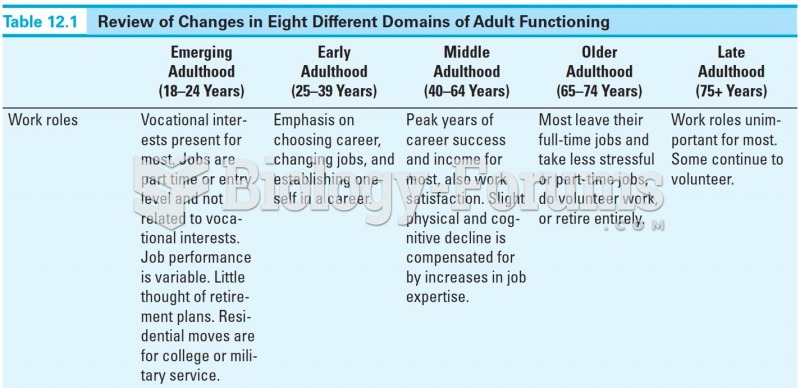Answer to Question 1
A
Feedback
A Correct. Pneumonia is the priority preventive issue for the nurse because of the patient's immobility. After CABG, female adults need to wear a bra or breast binder to prevent excessive pressure on the sternal wound from the weight of the breasts. A breast binder, and potentially a bra, can contribute to restricted di-aphragmatic excursion in an individual with limited mobility, leading to atelec-tasis and pneumonia. Immobility contributes to atelectasis and pneumonia be-cause it limits diaphragmatic excursion and promotes fluid accumulation in lungs; thus the nurse recognizes the importance of progressing this postoperative older female adult from bed rest to ambulation to promote mobilization of pul-monary secretions and chest expansion for coughing and deep breathing.
B Incorrect. Depression is a common postoperative characteristic of older adults after CABG, and it is a complication of immobility. However, mood disorders are second in importance to issues relating to breathing.
C Incorrect. Dehydration is a complication of immobility, but usually patients are hypervolemic on the first postoperative day after CABG.
D Incorrect. Although hypothermia is used during CABG, the patients are re-warmed in the immediate postoperative period; thus, this individual's tempera-ture should be normal.
Answer to Question 2
D
The widow may say, for example, that her husband just loved to garden rather than just loves to garden.
Although the bereaved person passes through the stages according to the Bowlby model, the person may experience the cycle more than once as different aspects of the loss are encoun-tered. Such medications do not reduce the pain of grief; they only deaden it for a time. The loss response model considers the effect of the loss on the family as a system.







